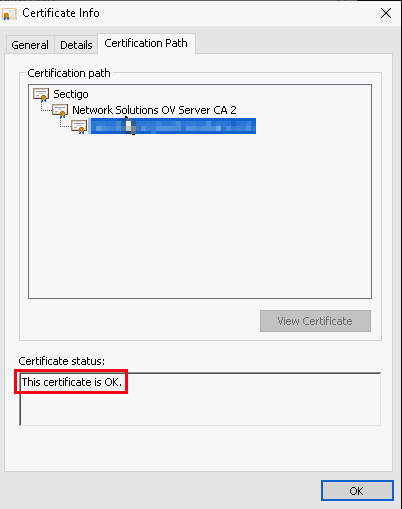
206 Partial Content (RFC 7233) The server is delivering only part of the resource ( byte serving) due to a range header sent by the client. 205 Reset Content The server successfully processed the request, asks that the requester reset its document view, and is not returning any content. 204 No Content The server successfully processed the request, and is not returning any content. a Web accelerator) that received a 200 OK from its origin, but is returning a modified version of the origin's response. 203 Non-Authoritative Information (since HTTP/1.1) The server is a transforming proxy (e.g. The request might or might not be eventually acted upon, and may be disallowed when processing occurs. 202 Accepted The request has been accepted for processing, but the processing has not been completed. 201 Created The request has been fulfilled, resulting in the creation of a new resource. In a POST request, the response will contain an entity describing or containing the result of the action. In a GET request, the response will contain an entity corresponding to the requested resource. The actual response will depend on the request method used.

200 OK Standard response for successful HTTP requests. This class of status codes indicates the action requested by the client was received, understood, and accepted.

103 Early Hints (RFC 8297) Used to return some response headers before final HTTP message.

This prevents the client from timing out and assuming the request was lost.
#Parallels client error 516 code#
This code indicates that the server has received and is processing the request, but no response is available yet. 102 Processing ( WebDAV RFC 2518) A WebDAV request may contain many sub-requests involving file operations, requiring a long time to complete the request. 101 Switching Protocols The requester has asked the server to switch protocols and the server has agreed to do so. The response 417 Expectation Failed indicates that the request should be repeated without the Expect header as it indicates that the server does not support expectations (this is the case, for example, of HTTP/1.0 servers). If the client receives an error code such as 403 (Forbidden) or 405 (Method Not Allowed) then it should not send the request's body. To have a server check the request's headers, a client must send Expect: 100-continue as a header in its initial request and receive a 100 Continue status code in response before sending the body. Sending a large request body to a server after a request has been rejected for inappropriate headers would be inefficient. 100 Continue The server has received the request headers and the client should proceed to send the request body (in the case of a request for which a body needs to be sent for example, a POST request). As the HTTP/1.0 standard did not define any 1xx status codes, servers must not send a 1xx response to an HTTP/1.0 compliant client except under experimental conditions. The message consists only of the status line and optional header fields, and is terminated by an empty line. It alerts the client to wait for a final response. It is issued on a provisional basis while request processing continues.



 0 kommentar(er)
0 kommentar(er)
